Holding pattern: The enduring influence of William Morris on film, fashion and design
A new exhibition at Walthamstow’s William Morris Gallery traces the legacy of the Arts & Crafts designer on everything from boots to cinema and even a Japanese waving cat.
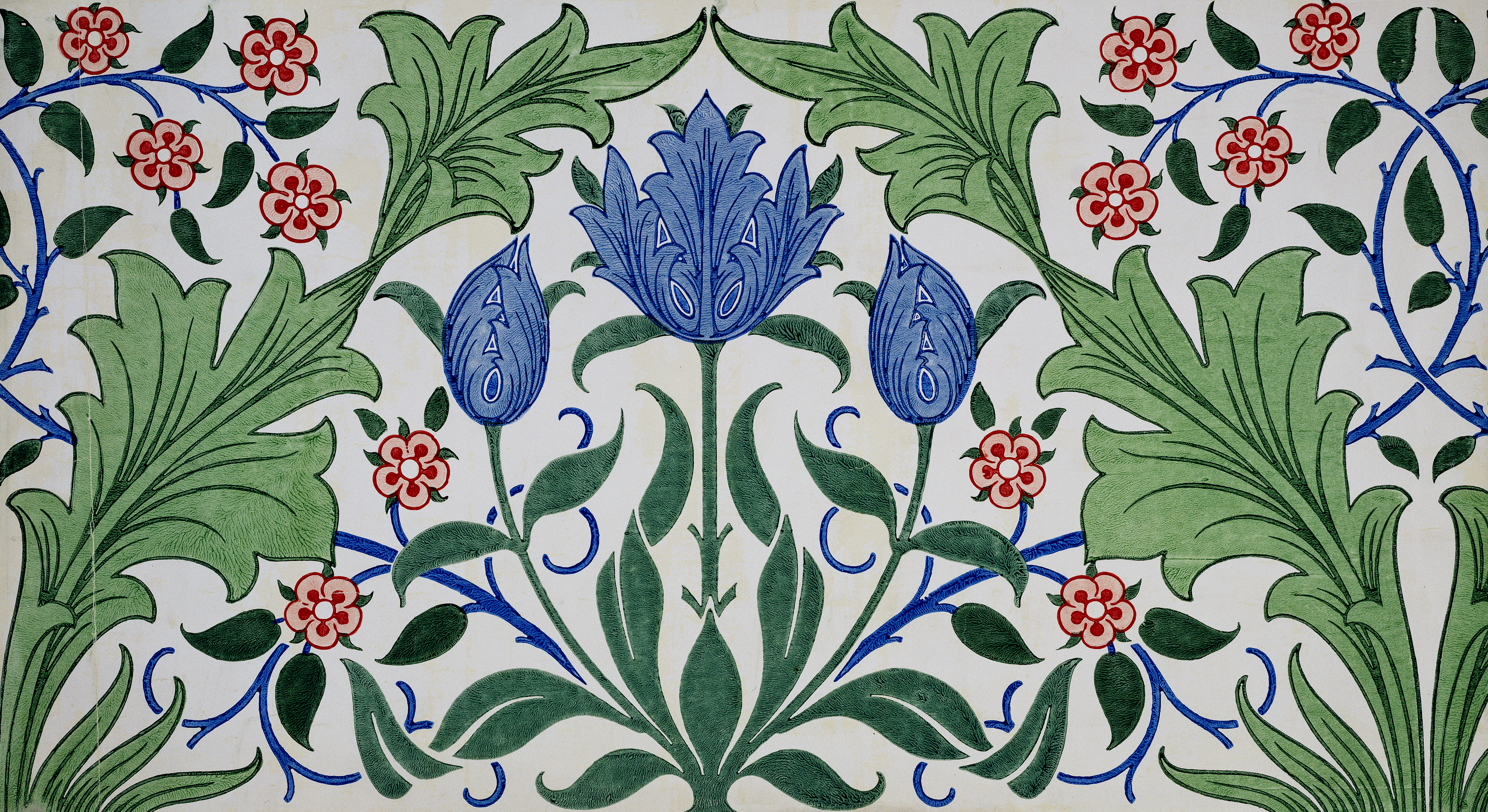

Poet, social reformer, writer, publisher, and above all artist and designer. There is little William Morris couldn’t or didn’t do, so much so that, in 1896, as he lay dying at the age of 62, a doctor put down his illness to: ‘simply being William Morris and having done more work than most 10 men’.
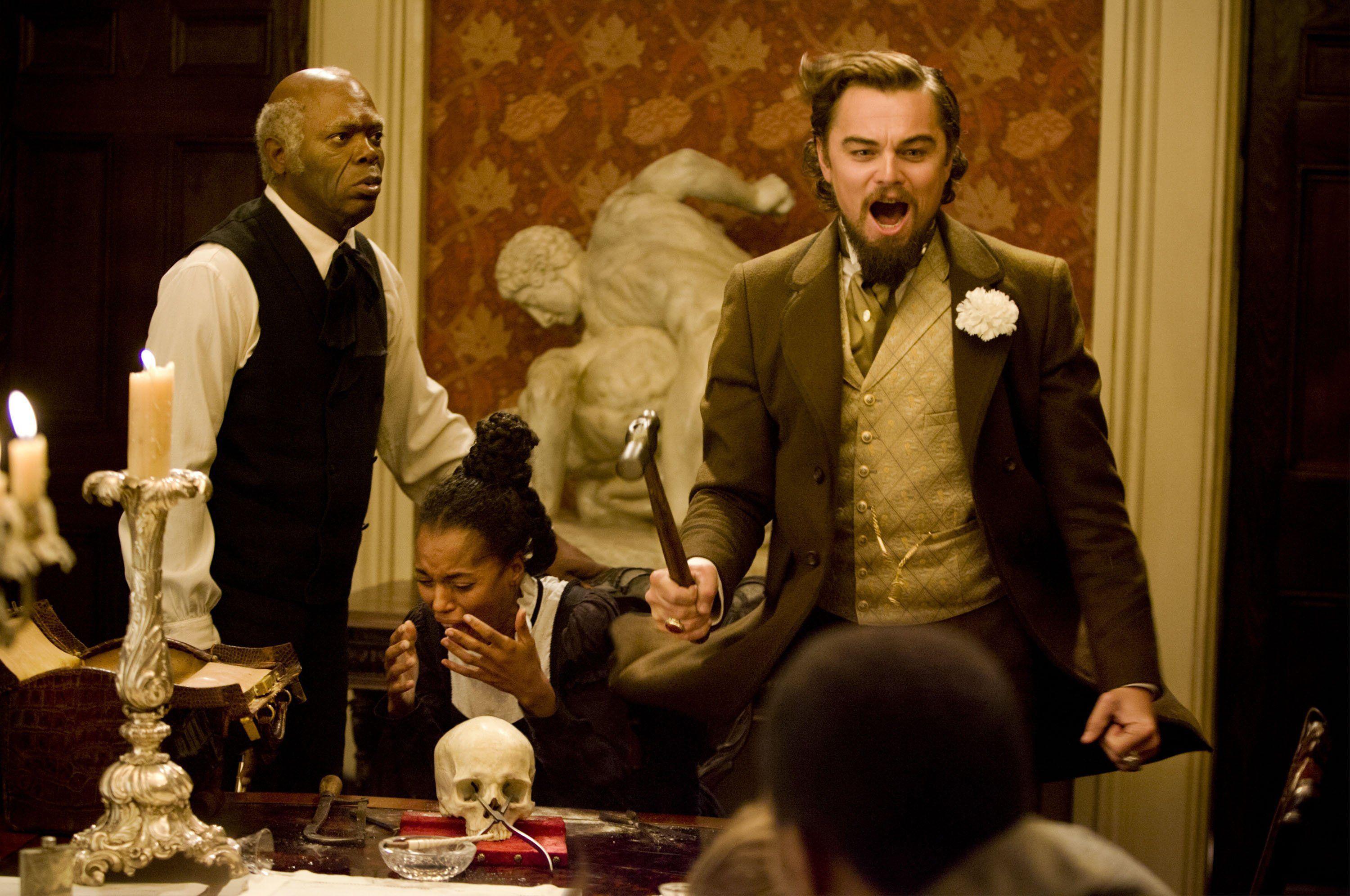
The Compton wallpaper that Morris designed with John Henry Dearle appears in Quentin Tarantino’s Western romp, 'Django Unchained'.
- More than 130 years later, the man who made his own furniture because he couldn’t find anything that he liked, and who said, ‘have nothing in your house that you do not know to be useful or believe to be beautiful’, continues to hold sway. His impact on today’s fashion and design is far wider than in his own days, as Morris Mania, a new exhibition held at his former home in London’s Walthamstow, now the William Morris Gallery, proves.
- Part of the gallery’s 75th anniversary celebrations, Morris Mania explores how and why the Arts & Crafts designer ‘went viral’. In the past decades, his patterns have not only appeared on an extraordinary variety of objects at home and abroad — including a pair of Dr Martens boots and a Japanese waving cat both impeccably clad in Strawberry Thief — but also influenced popular culture
- Morris features in George Bernard Shaw’s Pygmalion — ‘in the middle of the room there is a big ottoman; and this, with the carpet, the Morris wallpapers, and the Morris chintz window curtains and brocade covers … supply all the ornament’ — and filters through in My Fair Lady, its musical-theatre and cinematic adaptation. (Cecil Beaton, who won an Oscar for the film, went big on the Morris look). More improbably, the Compton wallpaper Morris designed with John Henry Dearle also appears in Quentin Tarantino’s Western romp, Django Unchained (it’s the very same that features in another film, I’m Thinking of Ending Things).
- Yet, as the exhibition highlights, this popularity has come through mass production, which contrasts with Morris’s deep and enduring ‘hatred of modern civilisation’ and his vision that ‘nothing should be made by man's labour which is not worth making, or which must be made by labour degrading to the maker’. (Such was his objection to industrialised processes that, as a young man, he had refused to attend the Great Exhibition of 1851, because its focus on mass production clashed with his principles, although he seemed more flexible at other times: his commitment to socialism didn’t seem to prevent him from seeking wealthy, often aristocratic patrons).
- However, there are also skilled artisans that continue to make Morris-inspired pieces with the kind of care and panache that he would have applauded. It’s hard to tell what he would have made of seeing his designs on trainers (Nike, in the celebrated Willow) and thimbles, radios (Roberts, in Morris’s beloved Willow Bough), clocks and haute couture (Mac Jacobs’s 2015 collaboration with the William Morris Gallery), but there is no doubt that he fulfilled his long-held ambition to ‘transform the world with Beauty’.
Morris Mania is at William Morris Gallery in Walthamstow from April 5 to September 21.
Exquisite houses, the beauty of Nature, and how to get the most from your life, straight to your inbox.
Carla must be the only Italian that finds the English weather more congenial than her native country’s sunshine. An antique herself, she became Country Life’s Arts & Antiques editor in 2023 having previously covered, as a freelance journalist, heritage, conservation, history and property stories, for which she won a couple of awards. Her musical taste has never evolved past Puccini and she spends most of her time immersed in any century before the 20th.
-
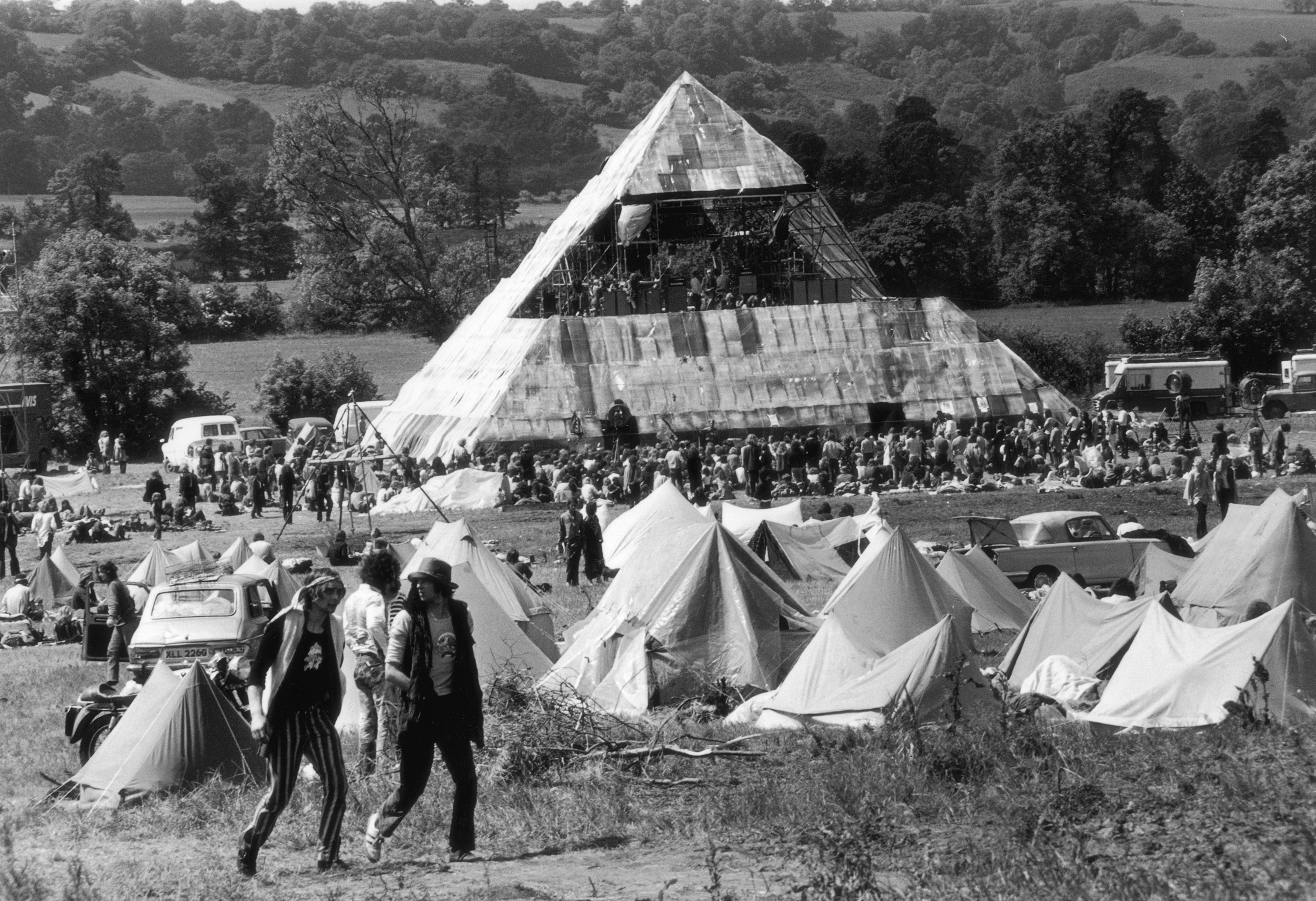 When was the first ever Glastonbury festival? Country Life Quiz of the Day, June 26, 2025
When was the first ever Glastonbury festival? Country Life Quiz of the Day, June 26, 2025Thursday's quiz looks at a landmark date at Worthy Farm.
-
 The golden eagle: One of the Great British public's favourite birds of prey — but devilishly tricky to identify
The golden eagle: One of the Great British public's favourite birds of prey — but devilishly tricky to identifyWe are often so keen to encounter this animal that ambition overrides the accuracy of our observations, writes Mark Cocker.
-
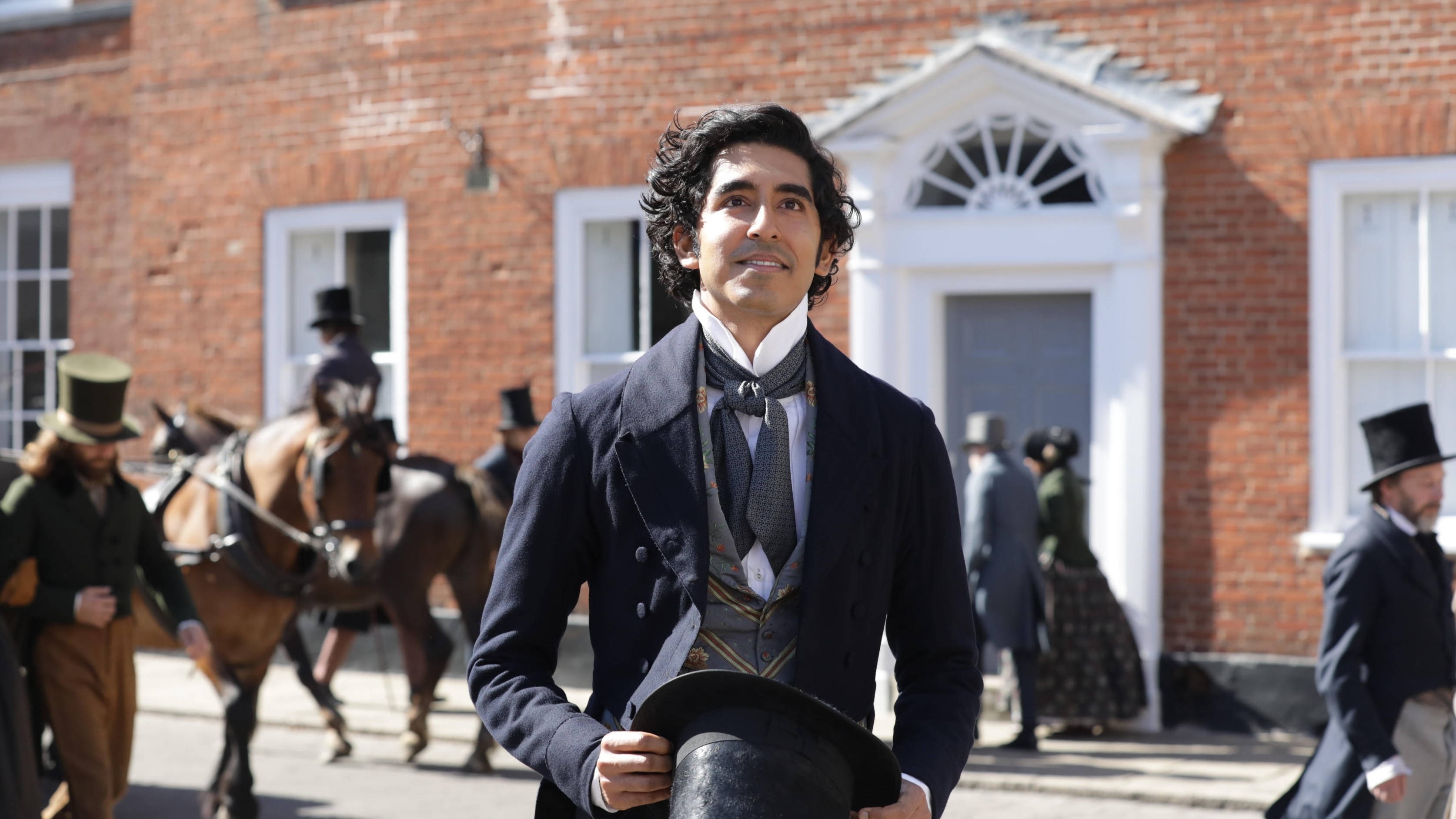 What the Dickens! Celebrate 100 years of the Charles Dickens Museum alongside the great novelist's family
What the Dickens! Celebrate 100 years of the Charles Dickens Museum alongside the great novelist's familyTo mark the 100th anniversary of the opening of the Charles Dickens Museum, a number of the author’s descendants will give talks and readings.
-
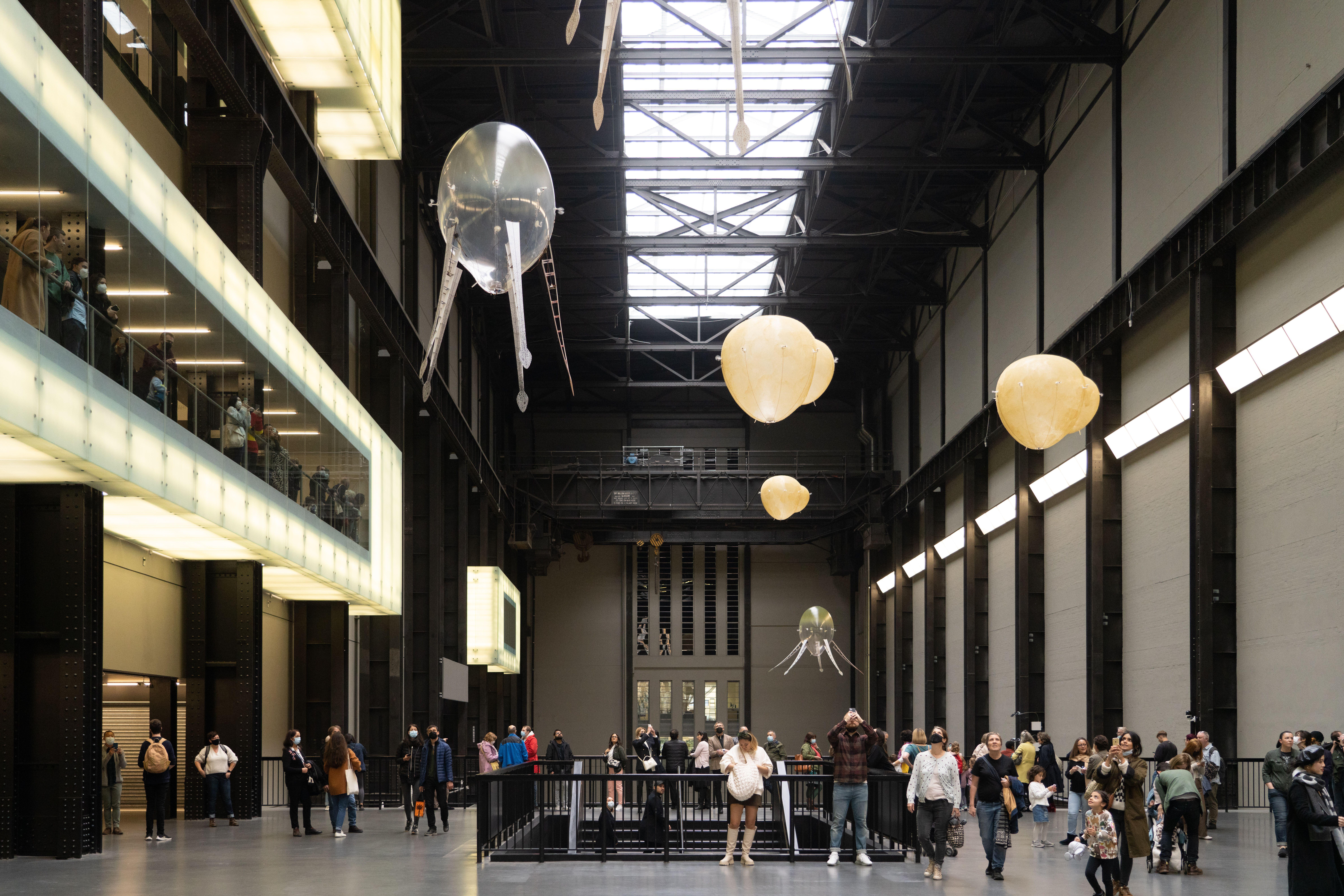 'Tate Modern has exploded the canon of art history, and transformed the public’s relationship with contemporary art'
'Tate Modern has exploded the canon of art history, and transformed the public’s relationship with contemporary art'Artwork by Louise Bourgeois and Salvador Dali, among others, will be on display for the Tate Modern gallery's 25th Birthday Weekender event.
-
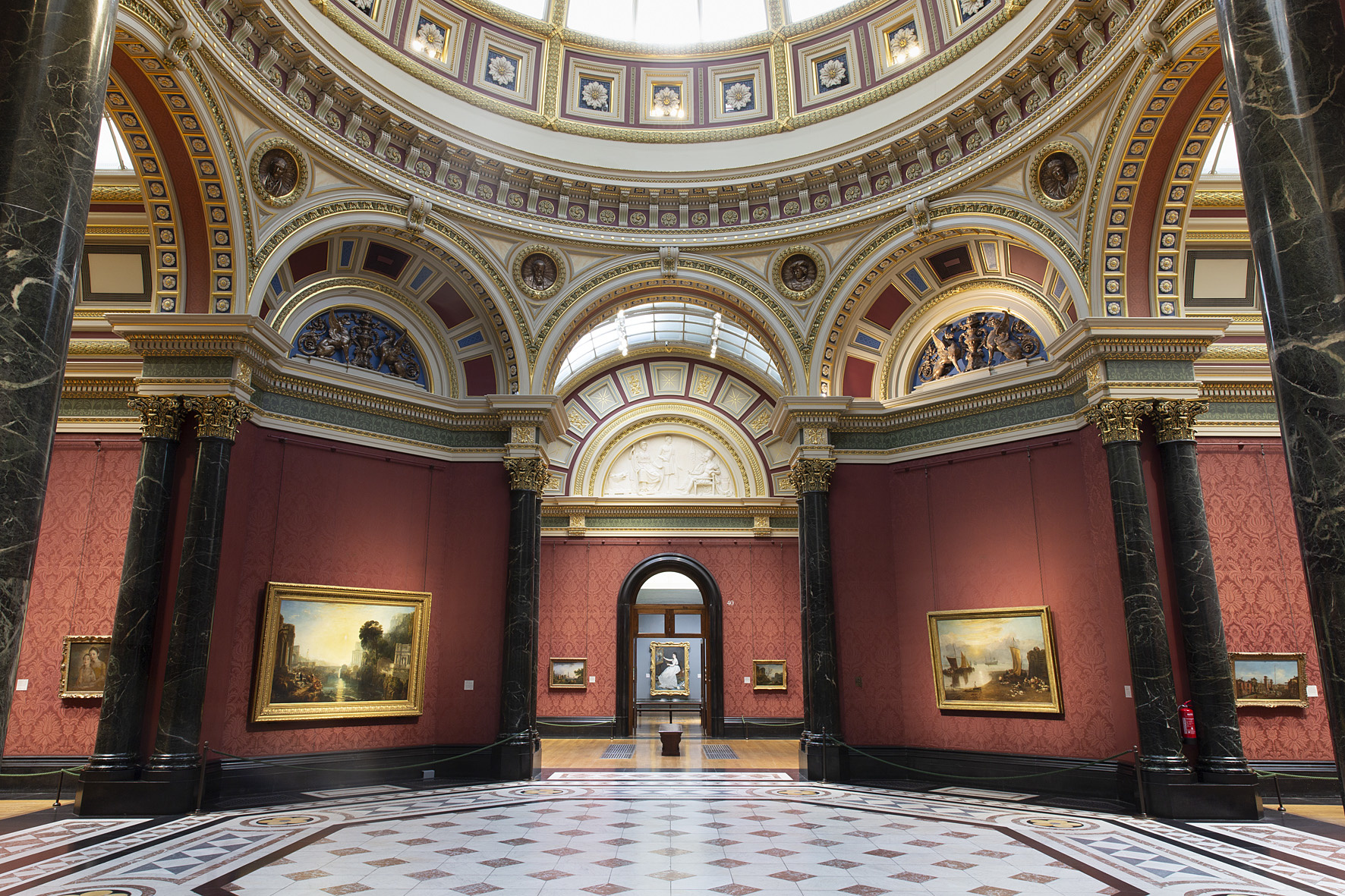 Terrifying or tremendous? Spend a night at the National Gallery beneath some of the world’s most famous artworks
Terrifying or tremendous? Spend a night at the National Gallery beneath some of the world’s most famous artworksBacchus, his girlfriend Ariadne, Fighting Temeraire and a few sunflowers seek roommate for one night only. No smokers or pets. Rent free.
-
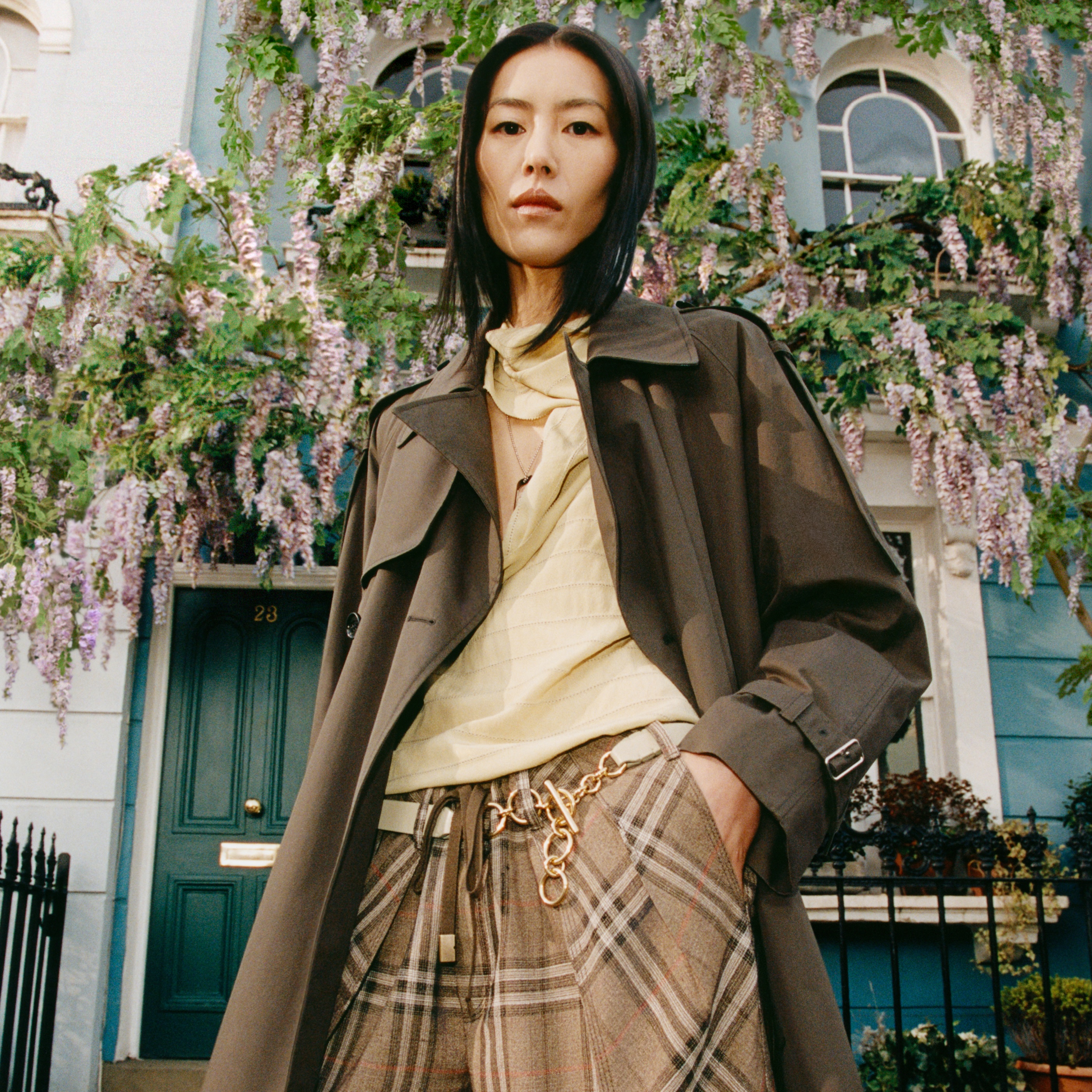 The V&A and Burberry announce landmark Fashion Gallery makeover
The V&A and Burberry announce landmark Fashion Gallery makeoverThe V&A is renovating one of its largest and most-visited spaces — with support from British fashion house Burberry.
-
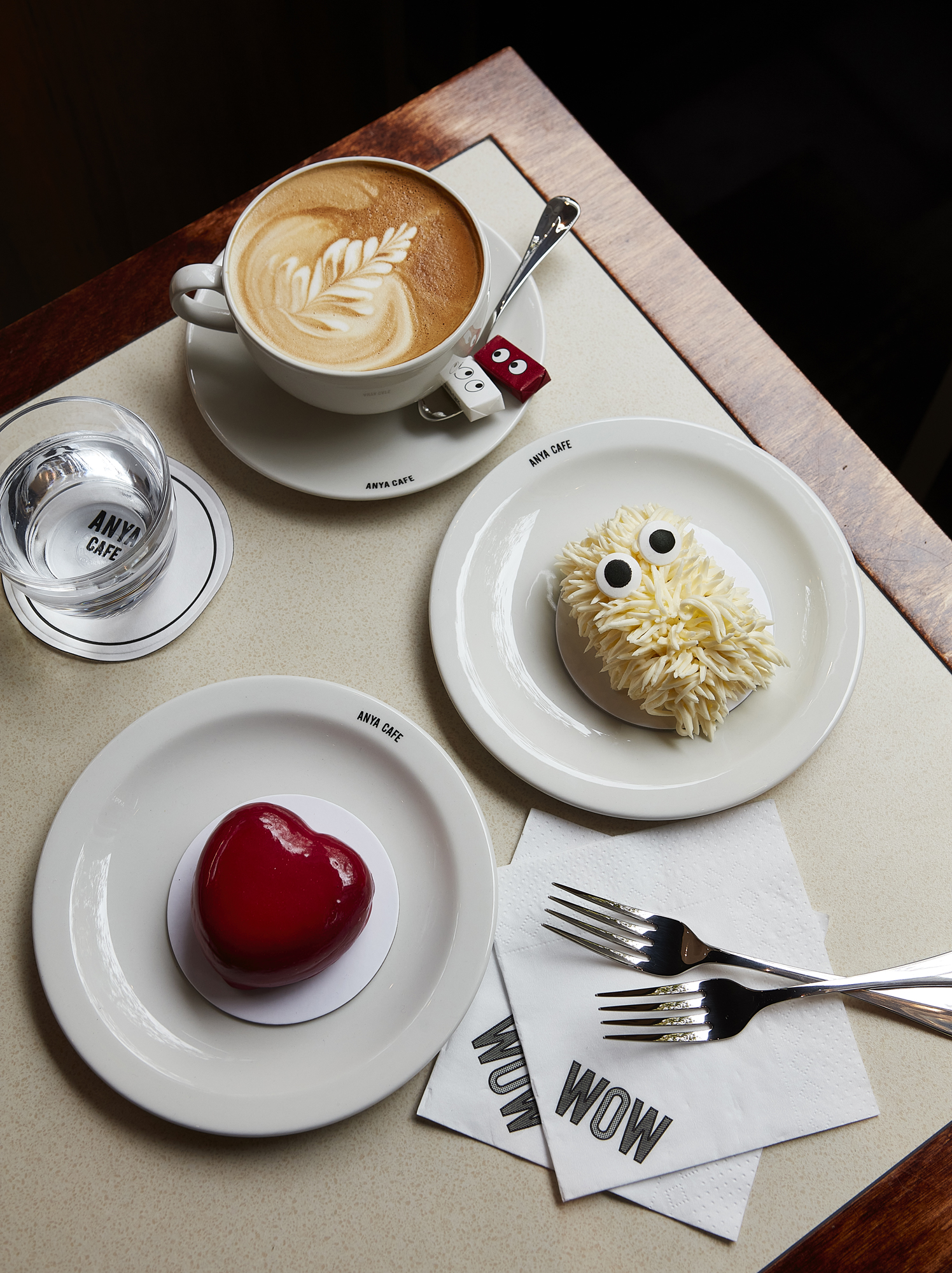 Anya Hindmarch: 'Luxury can become achingly boring and a bit worthy. I like things that make you smile’
Anya Hindmarch: 'Luxury can become achingly boring and a bit worthy. I like things that make you smile’The thrill of a new pencil case doesn’t fade with age, finds Jo Rodgers, on a visit to Anya Hindmarch’s new stationery pop-up shop.
-
 In Focus: The art that has broken out of London's galleries and made it onto the street
In Focus: The art that has broken out of London's galleries and made it onto the streetArt is breaking free from the traditional gallery and its emergence on our streets and in our parks is changing the way we live, says Clive Aslet.
